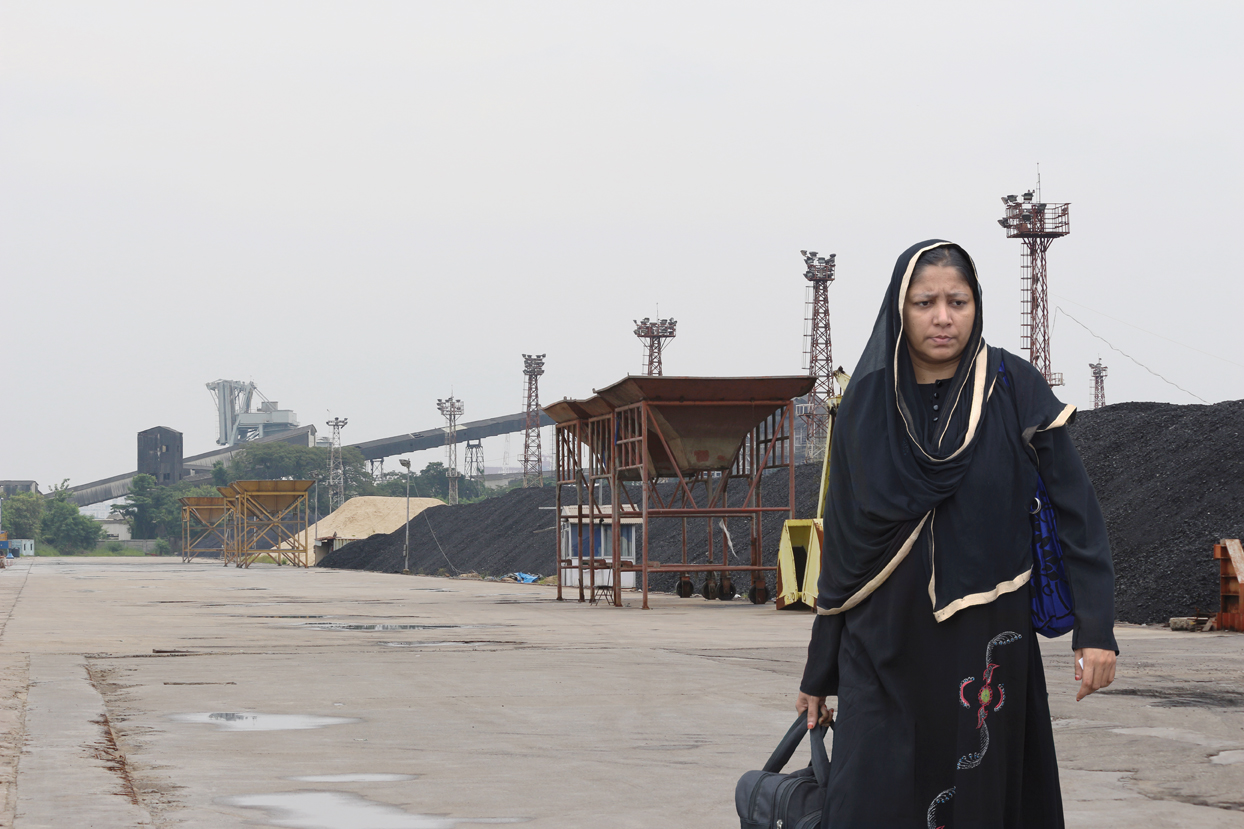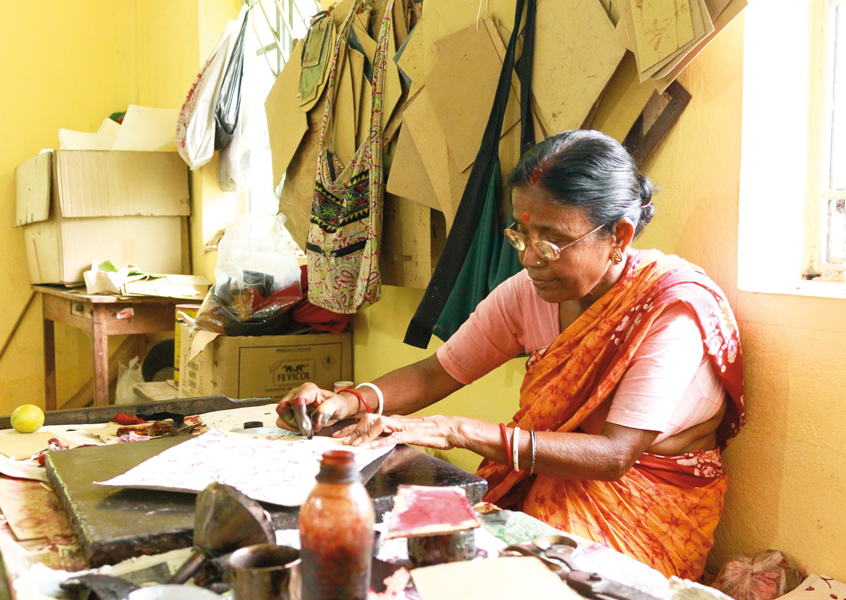Women in Indian Agriculture Trends and Correlates



India is set to embark on a new chapter in its Polar exploration journey with the construction of Maitri II. The Indian government plans to establish a new research station near the existing Maitri ba...
.png )
The Deep Ocean Mission (DOM), approved by the Government of India in 2021 under the Ministry of Earth Sciences (MoES), represents a strategic step in realizing Sustainable Development Goal 14 (SDG 14:...

China recently announced restrictions on the export of seven rare earth elements (REEs), soon after US President Donald Trump decided to impose tariffs. As the world's dominant supplier—responsible fo...
The paper explores the trajectory of defeminisation in Indian agriculture for over three decades based on NSSO and Labour Bureau data between 1983 and 2015. It concludes that withdrawals due to educat...
Women are employed both prior to and after migration to urban areas although they do not escape the stereotypical gender roles therein.
In competitive markets, the concept of flexible and cheap labour is best articulated through home-based work. On one hand, it fits comfortably with social codes that assign women to the confines of th...
India’s neo-liberal economies have given impetus to employment of educated urban women in highly technical and well-paid new generation service sectors. However, rather than providing emancipatory spa...
The paper explores the trajectory of defeminisation in Indian agriculture for over three decades based on NSSO and Labour Bureau data between 1983 and 2015. It concludes that withdrawals due to education and increased household incomes can only partially explain the trends.

Women are employed both prior to and after migration to urban areas although they do not escape the stereotypical gender roles therein.

In competitive markets, the concept of flexible and cheap labour is best articulated through home-based work. On one hand, it fits comfortably with social codes that assign women to the confines of the home; on the other, it is a profit-maximising venture.
